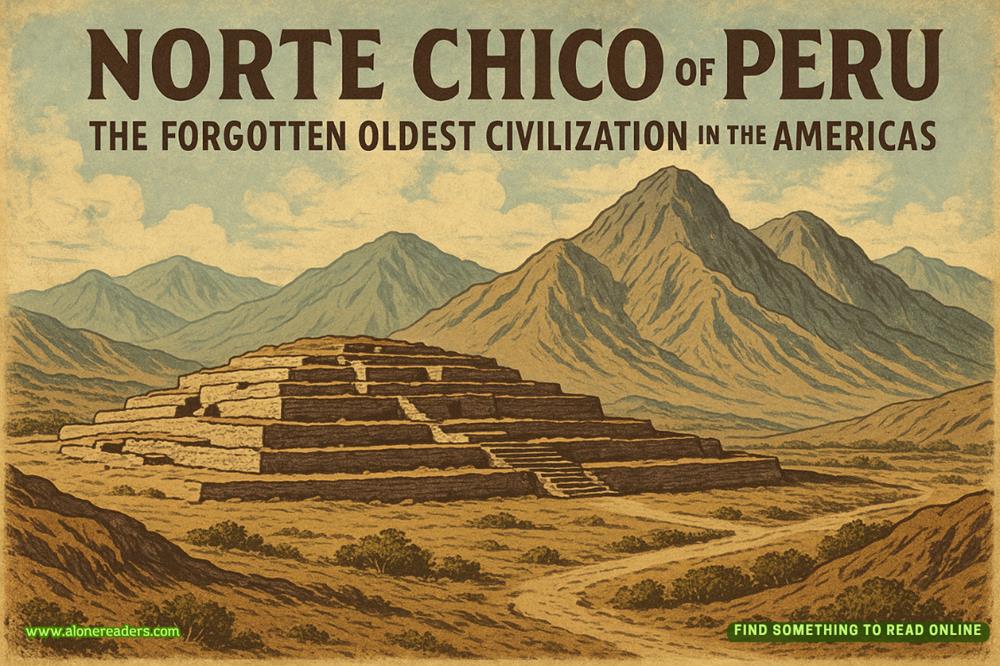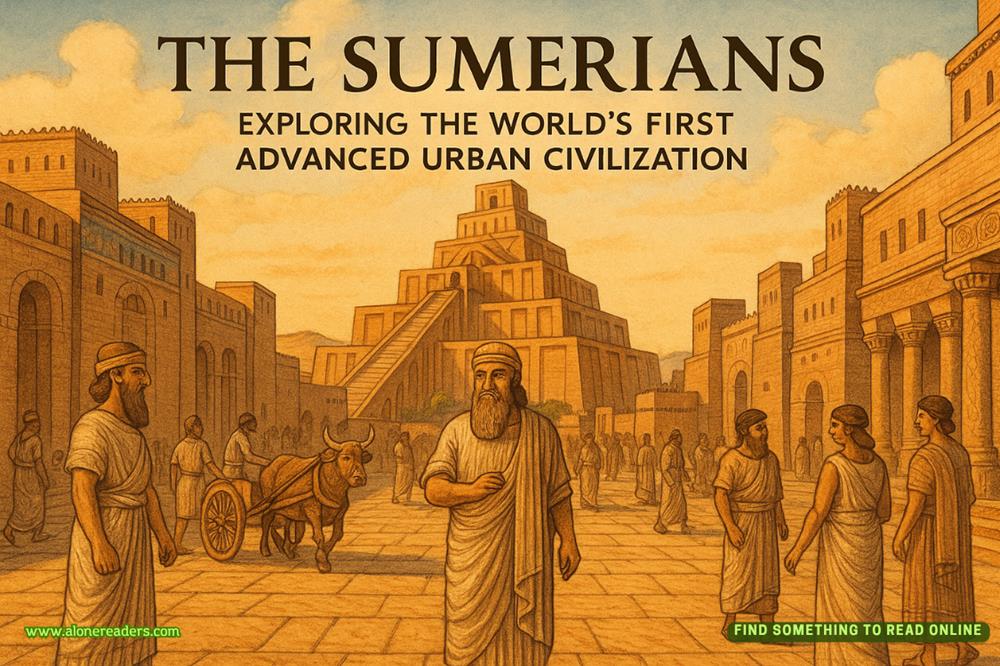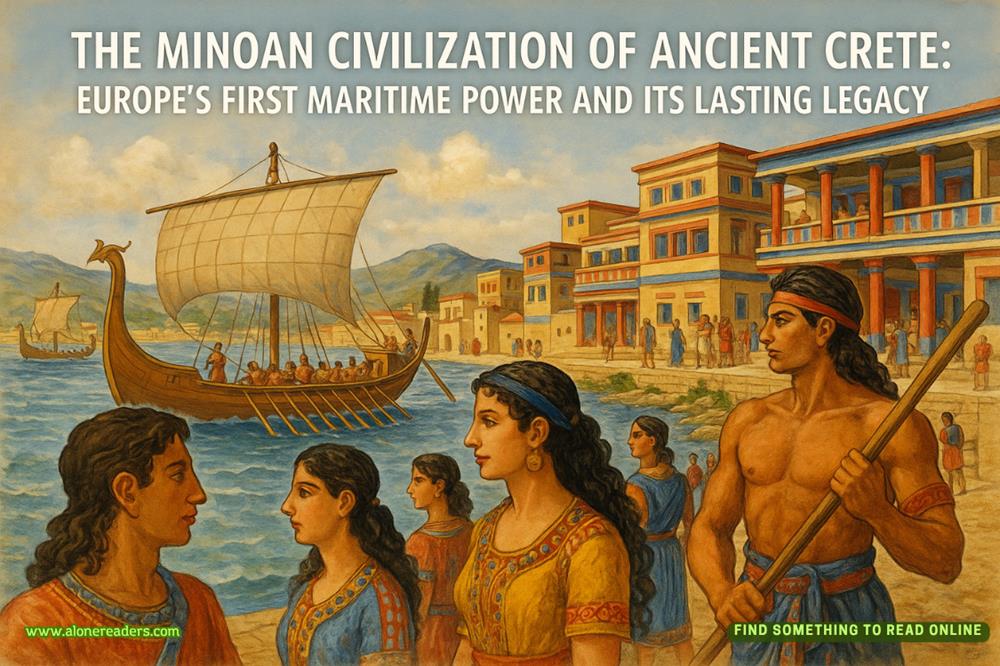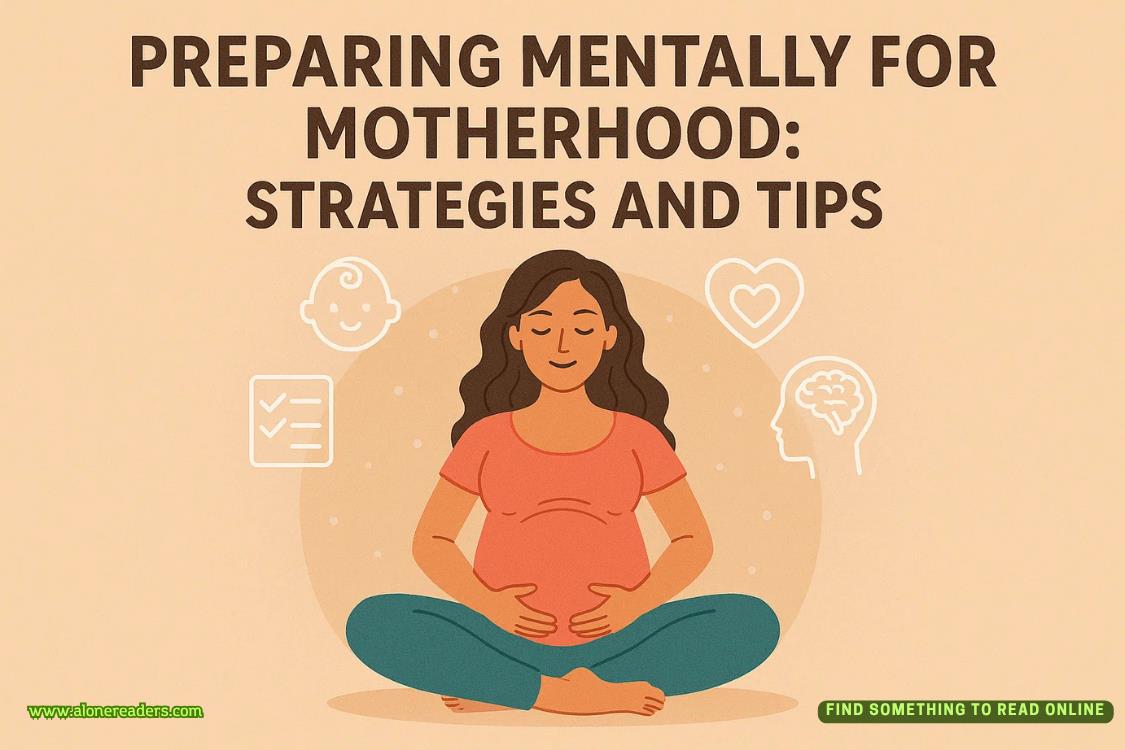“Oh, no, it’s fine. I have to make phone calls, and I don’t want to disturb you.”
He slips his hand into his pocket and produces AirPods. “I have a great white noise app. My food game is weak, but if you can overlook that, you can work here and stay onsite in case you want to check on the crew or in case they have questions for you.”
That’s a pretty good reason. “You sure I won’t distract you?”
He gives me a half smile. “I can get my work done.”
“Then I accept.”
“Cool.” He’s still watching me with that half smile.
“So when do you go to your office?”
“Now.” He stands. “Holler if you need anything, although I only have granola and frozen burritos.”
I expect it to be hard to work with Jay in the room, but it’s not. Within a couple of minutes, he’s typing, the soft tap of keys fast enough to tell me he’s in a groove.
I settle into the sofa and send emails scheduling my top three candidates for the curator and archivist spots. When those are done, I have an email waiting from Professor Martinez in his capacity as the board secretary with a copy of the minutes from the meeting. That’s fast, but maybe it’s the kind of thing you can get to when you’re retired.
I skim through, looking for the summary of my back and forth with Catherine. The minutes say only, “The board expressed satisfaction with the director’s presentation and vision with the exception of one trustee. She cited reservations for discussion at the next meeting.”
Her “reservations” are an arbitrary bar for me to clear to reach a standard of behavior she’ll immediately raise again, but I don’t have a choice: I have to clear the bar every time.
When I’m in problem-solving mode, the hardest problems require a spreadsheet. Giving every piece of a problem its own cell on the sheet, breaking it down into smaller pieces in more boxes, makes big things feel manageable. The step-at-a-time, day-at-a-time theory.
I open a new one and label it “Catherine Thinks I’m Wrong for the Job.” I start with her objections. Column A, line one gets THINKS I’M UNPROFESSIONAL. Beneath it I list the evidence, stated and inferred. The second columnis her next objection. THINKS MY MUSEUM PLAN IS WRONG DIRECTION. In goes the evidence as I type “facts, no soul” beneath that.
I scoff. It has got to be the least true thing anyone has ever said about me.
From there, I keep working the problem, and after several minutes, I have five columns, some going at least eight lines deep. That’s bad. It represents a metric ton of disdain from a woman in a position to do something about it.
But … I lean back against the sofa and study the spreadsheet as an idea simmers. I add a new tab, labeling it “Solutions.” Two of Catherine’s issues are tightly connected, and I copy them over, giving each its own column. NO SOUL and VITAL PART OF COMMUNITY.
Catherine says she loves Serendipity Springs. We all know Foster did. And she claims I don’t.
She’s right. This is my third week here. Ilikeit, but that’s not enough time to fall in love with a place when I’m working so much.
I start filling in the columns with ideas for falling in love with the city and ideas for finding out what would make the museum feel vital to its residents.
It doesn’t take long, maybe ten minutes, to dump every idea I have into those columns, and I know I’m onto something when I’m done. I may not ever be able to convince Catherine to believe my words, but I can leave her without any room to doubt my actions.
“Jay?” I call, turning toward him. “Do you have a printer here?”
He helps me connect to it, and a couple minutes later, I’m back on the sofa with a map of the city printed over four pages. I dig into my bag for a highlighter and go to work, dividing it into even squares.
“What are you doing?” Jay asks from over my shoulder. Ijump and squeak, not realizing he has leaned over the sofa to watch.
“Catherine is right that I approached this academically. That has its place, but it also has its limits. I’m putting myself in a crash course to become a Serendipity Springs fangirl, one grid square at a time.” I’m excited for the adventure. It’s going to be a lot of work, but I’m also pretty sure it will be fun.
Catherine acts like my enthusiasm makes me unprofessional, but in museum work, passion is essential. For the subject, whether it’s natural history or modern art. For the public, so you can try and fail and try again to find the best ways to interpret it for them.
“Coming here as an outsider has its pros and cons, but a big pro is that I have an objective perspective that allows me to notice and question things a local would take for granted. I’ve divided the city into a sixteen-square grid, and my goal is to spend a week on each section, getting to know it as well as I can.”
I shift so he can see it better. “I’ll drive or walk every street, pop into every store, sit in every park and people watch, patronize every library branch, peek into every church service, go to every city council meeting, and observe any other activity I can think of that gives me a sense of what makes the heart of Serendipity Springs beat.”
Jay hasn’t said anything, and I glance back at him. He’s staring at the map, and his expression is somewhere between serious and dazed. “You don’t think this is a good idea? You’re wrong. It is.”
He doesn’t answer. Instead, he walks into the kitchen and pulls a glass from a cabinet. He fills it with water before he drinks it over the sink, staring out of the window.















